What Do Laundry Symbols Mean?
Wondering what those wash care symbols mean? This page will help you decode them!
Washing instruction symbols can be difficult to decipher, which is why we thought we'd put together this page on laundry symbols and what they mean. Use this page to determine what the picture on your clothing or textiles means.
What Do Laundry Symbols Mean? is a helpful guide that will explain the common symbols and explain them. We even have a laundry symbols PDF that you can print and keep nearby for your convenience.
There's no need to fret about washing your clothing on the wrong setting with this resource handy.
To make it easier, we will be sorting them by type, with the names, and images paired. That way, if you know the name but not the symbol, you can find it and vice versa. We'll also go over the explanations to help you further understand what it means.
Although most are straightforward, there are a few less understandable symbols, which is where this will be a useful factor. We will be using the term "fabric" more often than others but these symbols are also important for crochet and knitwear, or washing and drying other textiles.
Be sure to get the free printable laundry symbols chart PDF in the section below and then learn about what they mean later on the page. It is essential to know when working with various types of fabric, whether you sew or not.
Sign Up For More Free Patterns >>>
Table of Contents
Laundry Symbols Chart
First, be sure to get our free chart! This laundry symbols PDF can be downloaded for your personal use. You can also print it out and keep it in your laundry room (laminate or frame it if you want it to stay in good condition).
Simply click on the international laundry symbols chart below or click here to claim your free copy.
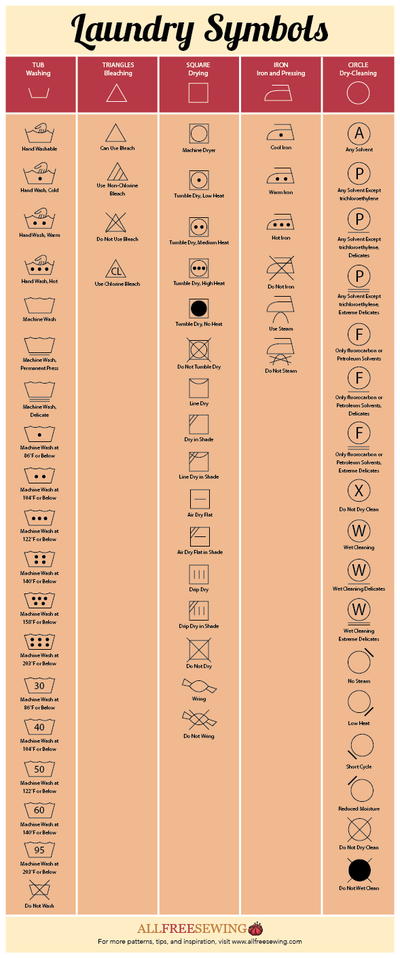
Hand Washing Symbols
If you do not have a washing machine or want to hand wash certain items, then you should definitely know these symbols and their meanings.
Many textiles, whether it be fabric, yarn, or other materials, are delicate and need to be hand washed, but knowing the temperature needed and other factors are necessary before starting.
The matching images are shown below, from left to right and top to bottom.
- Do Not Wash: Only spot-clean when needed.
- Hand Wash (Normal): Standard hand washing procedure works.
- Hand Wash Cold: Use only cold water when hand washing.
- Hand Wash Warm: Use only warm water when hand washing.
- Hand Wash Hot: Use only hot water when hand washing. This is usually reserved for heavy-duty fabric, especially those items that need to be sanitized (like towels).

Machine Washing Symbols
If you have a washing machine or use one at the laundry mat, these are the symbols you will need to be on the lookout for.
Machines thoroughly wash a load of laundry much easier and often faster than by hand, but it's important to pay attention to those symbols!
The matching images are shown below, from left to right and top to bottom.
- Do Not Machine Wash: Hand wash only.
- Machine Wash: Ok to machine wash.
- Machine Wash Cold: Use only cold water when machine washing.
- Machine Wash Warm: Use only warm water when machine washing.
- Machine Wash Hot: Use only hot water when machine washing. This is usually reserved for heavy-duty fabric, especially those items that need to be sanitized (like towels).

- Do Not Use Bleach: Bleach could damage the textile; clean with only non-bleach detergent.
- Can Use Bleach: The textile item is not sensitive to staining with bleach.
- Use Non-Chlorine Bleach: The textile is sensitive to chlorine but other bleach is tolerable.
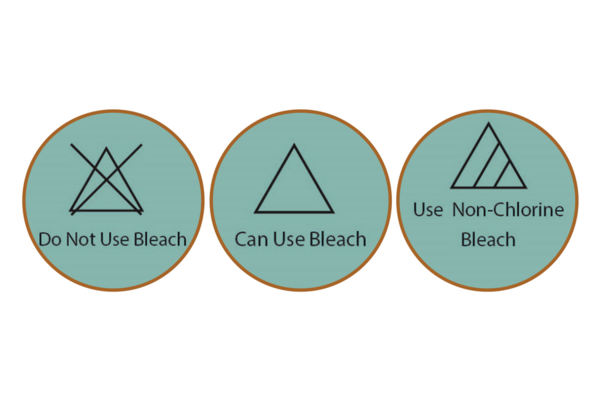
Hand Drying Symbols
When it comes to learning the answers to "what do laundry symbols mean?", hand drying is an important one. It's a great option, even in our modern times. It helps keep clothes in good condition because it does not involve machine movements or heat.
However, it does require patience, as it takes much longer to dry fabric this way (some fabrics take longer than others).
The matching images are shown below, from left to right and top to bottom.
- Do Not Wring: The fabric item is delicate or prone to wrinkles, therefore you should not twist or overwork it while wet.
- Drip Dry: This usually means hanging or draping the item and letting it dry without the use of air or heat.
- Line Dry: Hang the item to dry, often by using a clothesline and clothespins. Can be done inside or out.
- Dry in Shade: If drip or line drying, keep the item out of the sun or artificial light as it may alter the colors or fabric structure.
- Air Dry Flat: Leave the item to dry inside or out but on a flat surface. To help speed up drying time, it should be porous to allow air through both sides of the fabric.
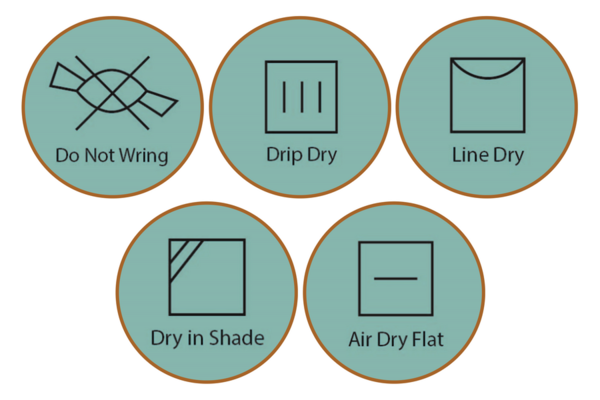
Machine Drying Symbols
One of the greatest inventions of our time is the machine dryer. It speeds up the drying process and helps eliminate wrinkles.
But, there are still right and wrongs when it comes to machines, so pay close attention to the symbols you see. You don't want to shrink your shirt on the first dry!
The matching images are shown below, from left to right and top to bottom.
- Machine Dry: The item can be dried using a machine without any restrictions. Use the standard dry cycle.
- Tumble Dry Low Heat: Use only the low setting when machine drying.
- Tumble Dry Medium Heat: Use the medium setting when machine drying. Although, medium or low should both be acceptable.
- Tumble Dry High Heat: Use the high setting when machine drying. Although high, medium, or low should all be fine.

Ironing Symbols
Many fabric items do not need to be ironed but it's important to know the symbols if it is needed. An iron on the wrong setting can burn or discolor the shirt, amongst other issues.
The matching images are shown below, from left to right and top to bottom.
- Do Not Iron: The fabric is not tolerant of an iron in any setting.
Tip: If you have an item that displays this symbol but is wrinkled or in need of flattening, consider an air-only or low tumble dry in a machine or using a de-wrinkling spray, which can be found in the laundry aisle of most stores.
- Cool Iron: Use only the cool setting when ironing.
- Warm Iron: Use the warm (or cool) setting when ironing.
- Hot Iron: Use the hot (or warm or cool) setting when ironing.
- Do Not Steam: Do not use the steam setting when ironing.

Dry Cleaning Symbols
When you can't wash a fabric garment or other item at home or in the conventional ways, that's when dry cleaning comes in. Although there are dry cleaning kits that allow it to be done at home, most likely you'll want to take it to a professional.
There are "green" dry cleaners but traditionally a process of using chemicals is used to launder the item without the use of water and soap.
Most dress clothes are dry clean only. The dry cleaner is likely to check the tags before starting but it might be worth mentioning the symbols that are present when checking in.
The matching images are shown below, from left to right and top to bottom.
- Do Not Dry Clean: This item does not tolerate the chemical process of dry cleaning.
- Any Solvent: There are no restrictions on the chemicals that can be used for this item.
- Any Solvent Except Trichloroethylene: The only chemical that is not tolerated is trichloroethylene.
- Only Fluorocarbon or Petroleum Solvents: The only chemicals tolerated are the fluorocarbon or petroleum types.

- No Steam: When dry cleaning, no steam can be applied to the fabric item.
- Low Heat: Only low heat can be applied while dry cleaning the item.
- Short Cycle: Dry cleaners have differently-timed cycles and this item can only tolerate a short cycle.
- Reduced Moisture: When dry cleaning, the reduced moisture setting should be used.

Want More?
How to Clean Vintage Fabric and Clothing >>
Now that we've answered what do laundry symbols mean?, are we missing any symbols?
Let us know in the comments and we'll include them!
Your Recently Viewed Projects
KLC
Apr 19, 2018
Here I thought I knew them all but there were definitely some surprises when looking at these.
Report Inappropriate Comment
Are you sure you would like to report this comment? It will be flagged for our moderators to take action.
Thank you for taking the time to improve the content on our site.








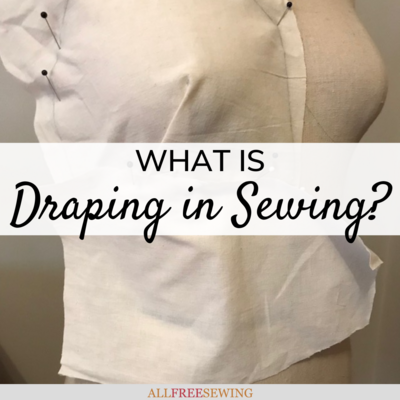


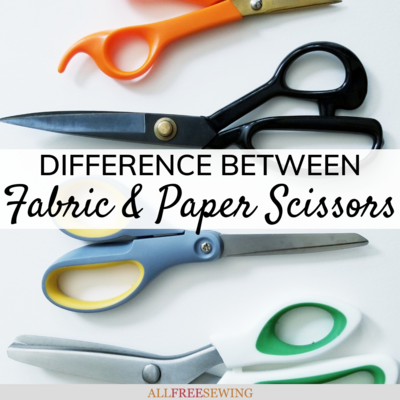

![Know Your Bras Guide [Infographic]](http://irepo.primecp.com/2022/01/516311/Know-Your-Bras-Infographic-square21-nw_Large400_ID-4638247.png?v=4638247)



